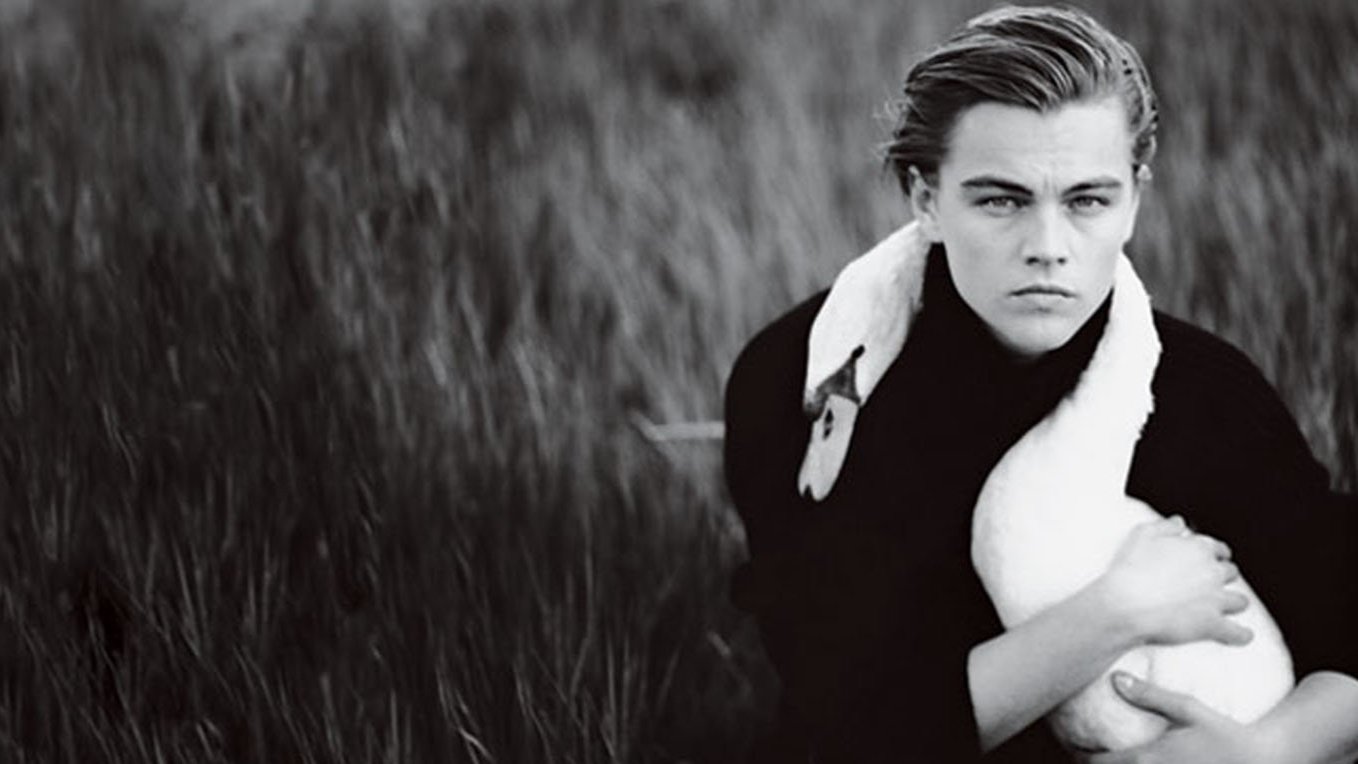Wildlife Photography: Capturing the Essence of Nature's Inhabitants
Wildlife photography is an exciting and challenging genre that involves capturing animals in their natural habitats. From intimate portraits of majestic creatures to breathtaking images of their environments, wildlife photography allows us to appreciate the beauty and complexity of the animal kingdom.
What is Wildlife photography? Wildlife photography is an exciting and challenging genre that involves capturing animals in their natural habitats. From intimate portraits of majestic creatures to breathtaking images of their environments, wildlife photography allows us to appreciate the beauty and complexity of the animal kingdom.
Different Genres
Wildlife photography encompasses a range of sub-genres, each with its distinct approach and subject matter:
Bird photography: This sub-genre focuses on capturing images of birds, often in flight or during their unique behaviors. Andy Rouse is a well-known bird photographer, capturing stunning images of these winged creatures.
Underwater photography: Underwater photographers, like Paul Nicklen, venture beneath the surface to document the lives of aquatic species and their ecosystems.
Macro photography: This sub-genre involves capturing close-up images of insects, reptiles, and other small creatures, revealing intricate details and patterns often unseen by the naked eye.
Conservation photography: Photographers like Ami Vitale and Beverly Joubert use their skills to raise awareness about endangered species and environmental issues.
Photojournalism: Wildlife photojournalists document the interactions between humans and animals, often telling compelling stories about the challenges facing the natural world.
by Andy Rouse
History
The history of wildlife photography dates back to the late 19th century, with pioneers like George Shiras using primitive flash techniques to capture nocturnal animals. As technology advanced, photographers such as Frans Lanting and Steve Winter emerged, pushing the boundaries of the genre and inspiring a new generation of wildlife photographers.
Techniques
Wildlife photography requires a unique set of skills and techniques to capture stunning images:
Patience: Waiting for the perfect moment to capture an animal's natural behavior is crucial, as many species are elusive and unpredictable.
Ethics: Respecting the animals and their environment is essential to ensure the well-being of the subjects and preserve their habitats.
Fieldcraft: Understanding animal behavior, tracking techniques, and habitat knowledge can help photographers get closer to their subjects without disturbing them.
Composition: Framing and composition are essential in creating visually appealing images that showcase the animal's natural beauty and environment.
Photography Gear
The right equipment is crucial for capturing compelling wildlife images. Some essential gear recommendations include:
Camera: A fast DSLR or mirrorless camera with a high frame rate and excellent autofocus is ideal for wildlife photography. Popular models include the Nikon D6, Canon EOS-1D X Mark III, and Sony A9 II.
Lenses: A versatile telephoto lens (e.g., 100-400mm or 200-600mm) is essential for getting close to your subjects without disturbing them. High-quality prime lenses, like the Canon EF 600mm f/4L IS III USM or the Nikon AF-S NIKKOR 500mm f/4E FL ED VR, provide exceptional image quality and fast aperture.
Tripod or monopod: A sturdy tripod or monopod is crucial for stability when using heavy telephoto lenses and for achieving sharp images.
Camera accessories: Extra batteries, memory cards, and weatherproof camera bags are essential for long days in the field and to protect your gear from harsh conditions.
Important Photography Books
"Wildlife Photographer of the Year: Portfolio 30": This annual collection features the best images from the prestigious Wildlife Photographer of the Year competition, showcasing the talent and creativity of photographers from around the world.
"Eye to Eye: Photographs by Frans Lanting": This book by renowned wildlife photographer Frans Lanting features intimate portraits of animals, offering a unique perspective on their lives and behaviors.
"Born to Ice" by Paul Nicklen: Paul Nicklen's stunning book showcases his extraordinary underwater and polar photography, providing a glimpse into the fragile ecosystems of the Arctic and Antarctic.
"Tigers Forever" by Steve Winter and Sharon Guynup: This book by Steve Winter documents the lives of tigers in the wild, raising awareness about their conservation and the challenges they face.
Legacy and Influence
The legacy of wildlife photography is far-reaching, inspiring people worldwide to appreciate and protect the natural world. Through the work of talented photographers, we gain a deeper understanding of the animals that share our planet, fostering empathy and encouraging conservation efforts.
Wildlife photography also serves as a visual record of our planet's biodiversity, documenting species and habitats for future generations. The genre continues to evolve, with new technologies and techniques constantly pushing the boundaries of what is possible.
Wildlife photography is a captivating and challenging genre that provides a window into the lives of animals and the natural world. By understanding the history, techniques, and equipment used in wildlife photography, photographers can better capture the essence of nature's inhabitants and share their stories with the world. As we continue to appreciate and protect our planet's biodiversity, wildlife photography will remain an essential tool for raising awareness and inspiring positive change.




















